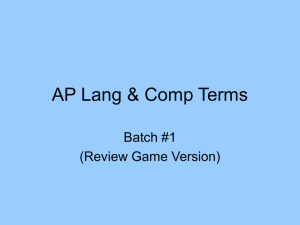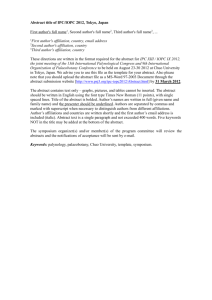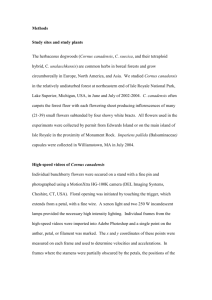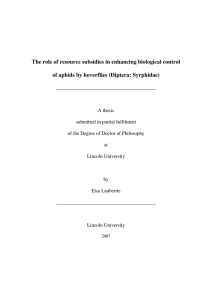J Nakott (1983)
advertisement
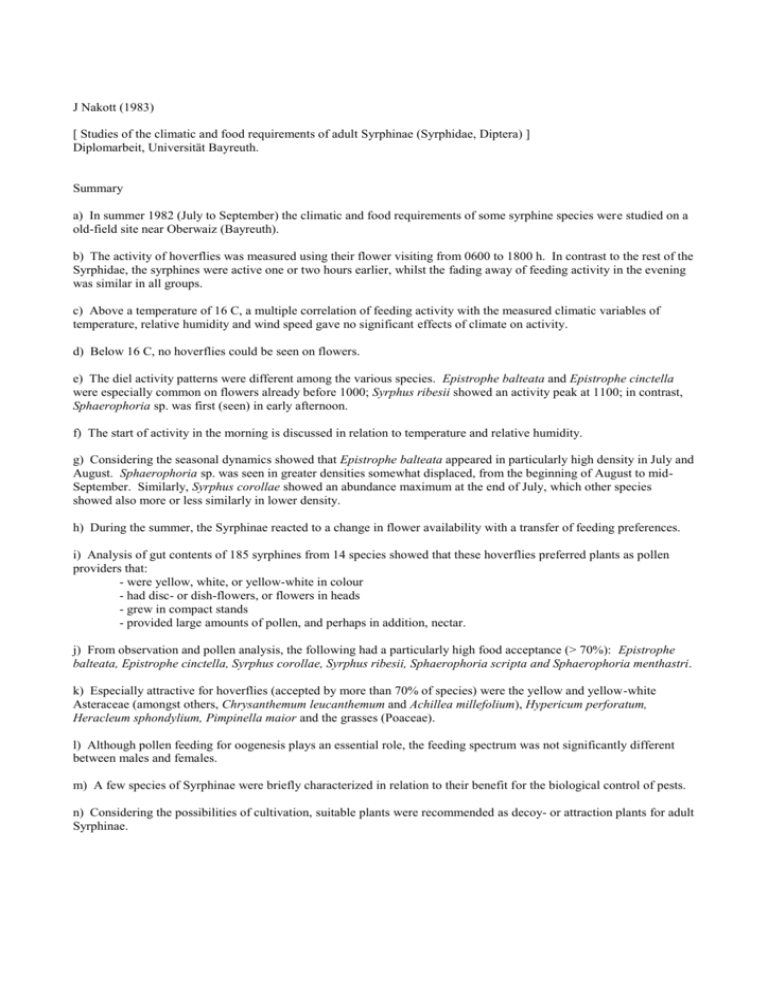
J Nakott (1983) [ Studies of the climatic and food requirements of adult Syrphinae (Syrphidae, Diptera) ] Diplomarbeit, Universität Bayreuth. Summary a) In summer 1982 (July to September) the climatic and food requirements of some syrphine species were studied on a old-field site near Oberwaiz (Bayreuth). b) The activity of hoverflies was measured using their flower visiting from 0600 to 1800 h. In contrast to the rest of the Syrphidae, the syrphines were active one or two hours earlier, whilst the fading away of feeding activity in the evening was similar in all groups. c) Above a temperature of 16 C, a multiple correlation of feeding activity with the measured climatic variables of temperature, relative humidity and wind speed gave no significant effects of climate on activity. d) Below 16 C, no hoverflies could be seen on flowers. e) The diel activity patterns were different among the various species. Epistrophe balteata and Epistrophe cinctella were especially common on flowers already before 1000; Syrphus ribesii showed an activity peak at 1100; in contrast, Sphaerophoria sp. was first (seen) in early afternoon. f) The start of activity in the morning is discussed in relation to temperature and relative humidity. g) Considering the seasonal dynamics showed that Epistrophe balteata appeared in particularly high density in July and August. Sphaerophoria sp. was seen in greater densities somewhat displaced, from the beginning of August to midSeptember. Similarly, Syrphus corollae showed an abundance maximum at the end of July, which other species showed also more or less similarly in lower density. h) During the summer, the Syrphinae reacted to a change in flower availability with a transfer of feeding preferences. i) Analysis of gut contents of 185 syrphines from 14 species showed that these hoverflies preferred plants as pollen providers that: - were yellow, white, or yellow-white in colour - had disc- or dish-flowers, or flowers in heads - grew in compact stands - provided large amounts of pollen, and perhaps in addition, nectar. j) From observation and pollen analysis, the following had a particularly high food acceptance (> 70%): Epistrophe balteata, Epistrophe cinctella, Syrphus corollae, Syrphus ribesii, Sphaerophoria scripta and Sphaerophoria menthastri. k) Especially attractive for hoverflies (accepted by more than 70% of species) were the yellow and yellow-white Asteraceae (amongst others, Chrysanthemum leucanthemum and Achillea millefolium), Hypericum perforatum, Heracleum sphondylium, Pimpinella maior and the grasses (Poaceae). l) Although pollen feeding for oogenesis plays an essential role, the feeding spectrum was not significantly different between males and females. m) A few species of Syrphinae were briefly characterized in relation to their benefit for the biological control of pests. n) Considering the possibilities of cultivation, suitable plants were recommended as decoy- or attraction plants for adult Syrphinae.


